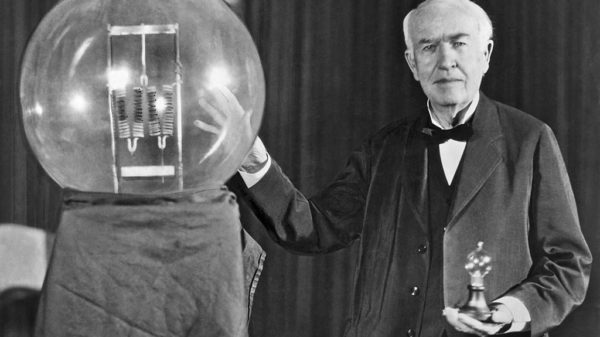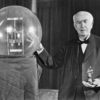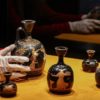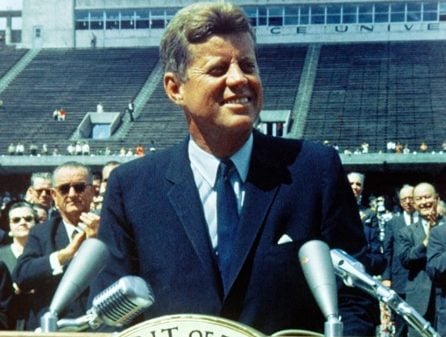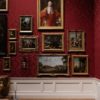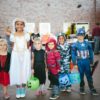Artists were never fond of drawing self-portraits prior to modernism and impressionism taking hold. The 16th and 17th-century artists would never think of including themselves in their paintings. However, Van Gogh, Picasso, Rembrandt, and Frida Kahlo, were all artists who camouflaged themselves in their paintings.
Nevertheless, many famous artists hid their identities inside their artworks, like they were signing off on the work. Because most of these paintings were acquired by clients with differing ideologies or by the iron-handed faith, painters occasionally employed this technique to express complicated storylines that they could never explain. In summary, they enjoyed hiding painted secrets for others to seek out. This article will look at few well-known artists who camouflaged themselves in their paintings.
Paul Gauguin – The Little One is Dreaming
Paul Gauguin hid his origins in the picture The Little One Is Dreaming in an altogether odd attempt at self-portraiture. In this piece, he depicted himself as a terrifying jester doll above a baby’s cradle, adding a touch of motion and implying that it was a child’s dream. The doll gives the painting a terrifying quality, even more so than the dream itself.
Clara Peeters – Still Life with Cheeses, Almonds and Pretzels
Still-lifes in the Netherlands may appear simple, yet they frequently reflect deep thoughts on mortality. Philosophical characterizations may have made it difficult for female artists to enter. However, women in the 17th century excelled in it. Clara Peeters was one of the most accomplished still-life painters of her time.
Several Dutch painters of the time created extravagant presentations on silver and gold dishes with oysters, mince pies, exotic fruits, and peppercorns. But Peeters preferred simple presentations of domestic dairy goods such as cheese and butter with rustic bread.
Despite this, she couldn’t resist painting a still-life with a variety of cheeses, almonds, and elegantly twisted pretzels. Peeters carefully depicted her self-portrait in the reflective surface of the clay goblet’s pewter cap, precisely blurred by the curve of the element. The painter also “carved” her initials into the silver knife instead of signing it.
Michelangelo – The Last Judgment
The Catholic Church criticized Michelangelo for sketching naked artworks and portraits of biblical characters and their respective saints. As a painter, Michelangelo had to follow the papacy’s standard precautions. When viewing his piece, The Last Judgment, a careful inspection of the decapitated skin reveals Michelangelo’s disturbed self-portrait. Michelangelo appears to be anticipating whether he will be judged as good or evil following his clashes with the Christian faith. Similarly to how Bartholomew is anticipating his doom.
However, in The Last Judgment fresco for the Sistine Chapel’s altar wall, the Renaissance artists skillfully managed to incorporate his original components- Saint Bartholomew, the martyrize Saint. The Saint is resting on the cloud when he’d been disemboweled.
Caravaggio – David with the Head of Goliath
The biblical account of a young shepherd named David who slays a monster named Goliath is shown in David with the Head of Goliath. Despite blood draining away through his slit throat, the young hero is grasping Goliath’s hair.
Instead of a joyful expression on David’s face, he appears to be mournful while clutching Goliath’s head. This reveals a unique psychological connection between the two of them. When Caravaggio drew himself as Goliath, the relationship grew more difficult. The face of David, according to scholars, most likely referred to his on-time student and reputed lover Cecco.
Jacques-Louis David – The Coronation of Emperor Napoleon and the Crowning of the Empress Josephine
In an outlandish technique to self-portraiture, Jacques-Louis David, a French Neoclassical artist, is a fascinating landmark in the world of the French Revolution. Even after his involvement in deposing the aristocracy, David cleverly declared his loyalty to Napoleon after the battle and became the emperor’s crown artist and skilled propagandist.
Napoleon personally hired David to paint a gigantic historical artwork depicting his sumptuous 1804 crowning, which sends a powerful political statement of authority. The painting now occupies the Great Hall of the Louvre. It’s so large that the figures appear to be life-size. Spectators may feel as if they’re live in the midst of the vibrant crowd seeing Napoleon crown Josephine.
David rests in the high theatre box in the middle of the composition. This illustrates the scenario among the royal family’s velvet, fur, and satin-clad members and another aristocracy. In truth, the painter was visible at Notre Dame during the ceremony. His participation in the artistic rendition of occasions demonstrates the creator’s devotion to the throne and acknowledges his unquestionable artistic endeavor.



